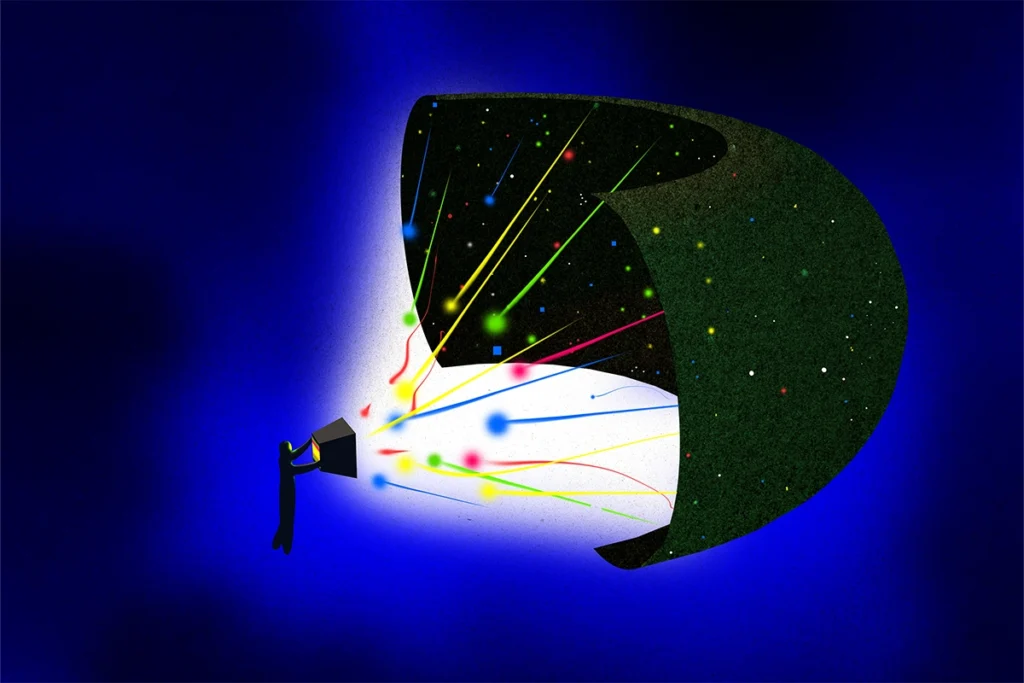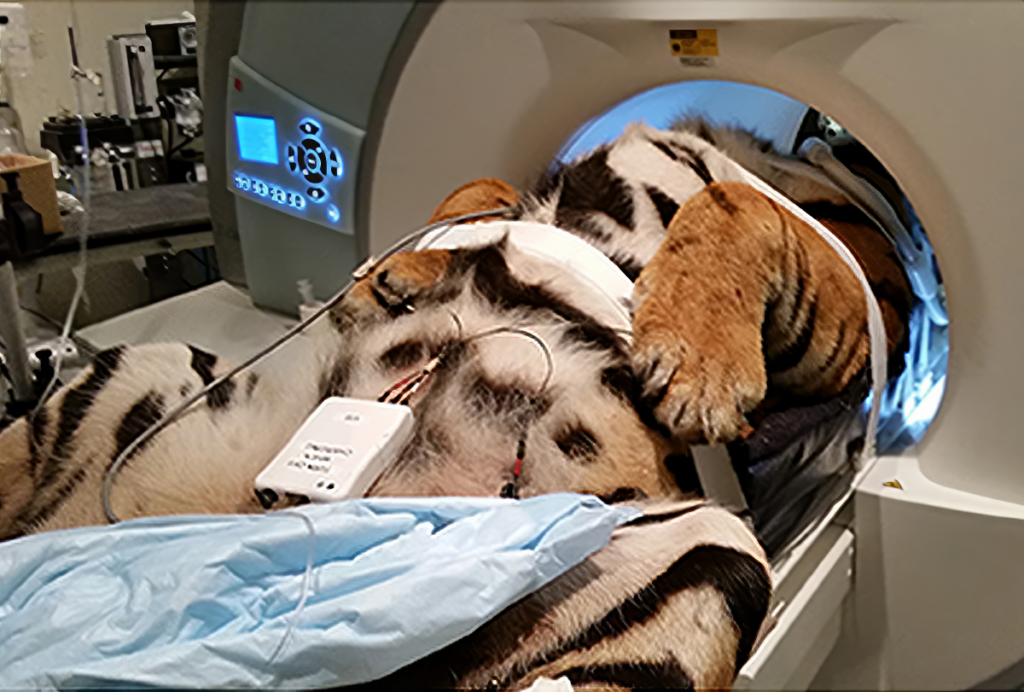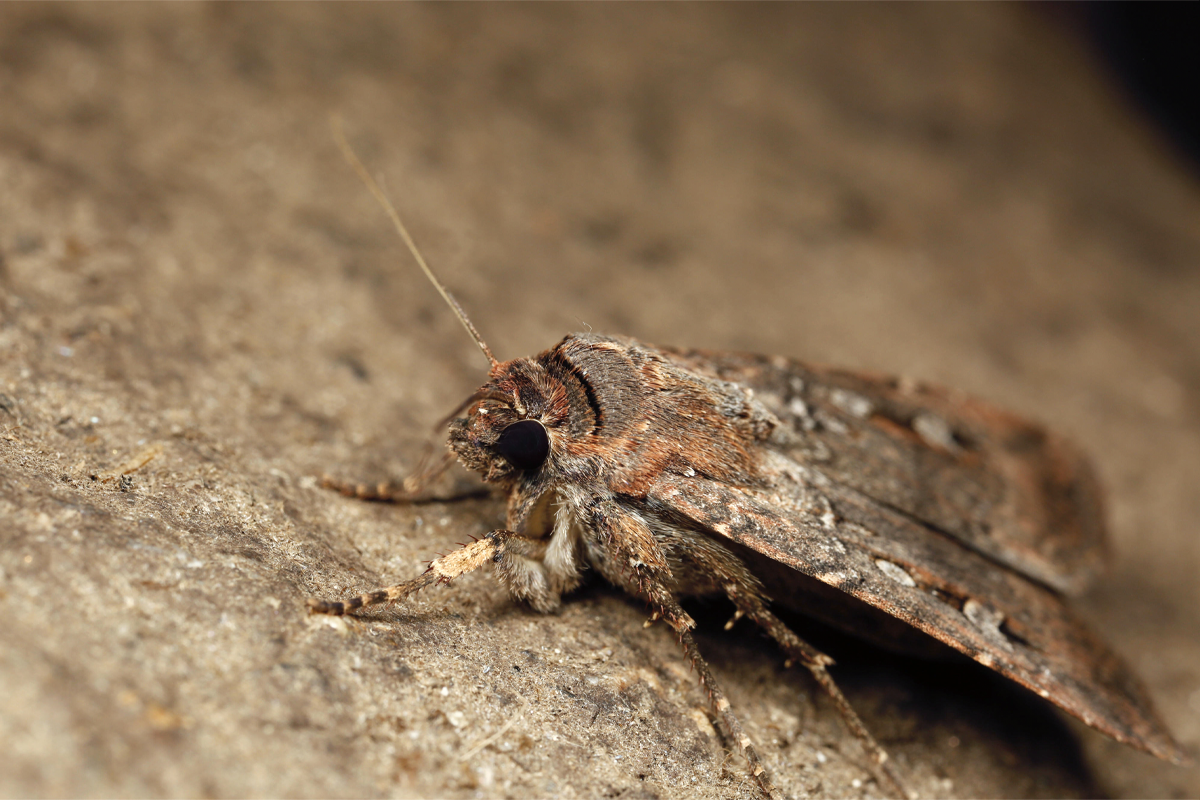
Star-responsive neurons steer moths’ long-distance migration
Cells in the bogong moth brain respond to astral landmarks to orient the insects in the direction they need to go.
Every October and November, during Australia’s spring season, bogong moths travel 600 miles south from their northern breeding grounds to the cool mountain caves outside Canberra, where they can escape the rising heat and hunker down for a summer version of hibernation, called estivation. The insects have never been to the caves before, but they assemble there by the millions.
“They somehow just seem to know how to go in the right direction and how and when to stop,” says Eric Warrant, professor of zoology at Lund University, who became fascinated with the moths’ migration in graduate school. “This, I thought, was absolutely amazing—almost miraculous.”
Now, decades later, Warrant and his team have discovered what makes the moths’ journey possible: The insects follow the stars—something invertebrates were not previously known to do, according to a study published today in Nature.
People and night-migrating birds navigate long distances using the night sky, but an invertebrate’s ability to do so raises questions, Warrant says. “This is a tiny, tiny little brain. It has a volume about a tenth of the volume of a grain of rice, and a very small nervous system and very small eyes. Yet it’s able to interpret the night sky and derive a compass bearing from that sky.”
Bogong moths can sense the Earth’s magnetic field, Warrant and his colleagues showed in a 2018 paper. But the insects can also successfully orient themselves based on astral cues alone, the team report in the new work. And specialized neurons in the moths’ central complex, a highly conserved part of the insect brain that contains circuitry related to navigation, respond to stellar landmarks.
“The paper really identifies, for the first time, some of the neural basis that underlies this capability in an insect,” says Christine Merlin, professor of biology at Texas A&M University, who was not involved in the study.
E
ven when clouds obscure the stars in February and March—autumn in Australia—bogong moths can fly north to return to their breeding grounds from the caves in the Australian Alps, the team found when they caught migrating moths and measured their behavior under the night sky.But when the team placed wild-caught autumn migratory bogong moths in a laboratory setting that blocked magnetic fields, the insects could still orient themselves northward using a projected image of the night sky. If the researchers rotated the projection of the sky 180 degrees, the moths shifted their flight path south. And under a randomly oriented set of stars, the moths showed no consistent heading.
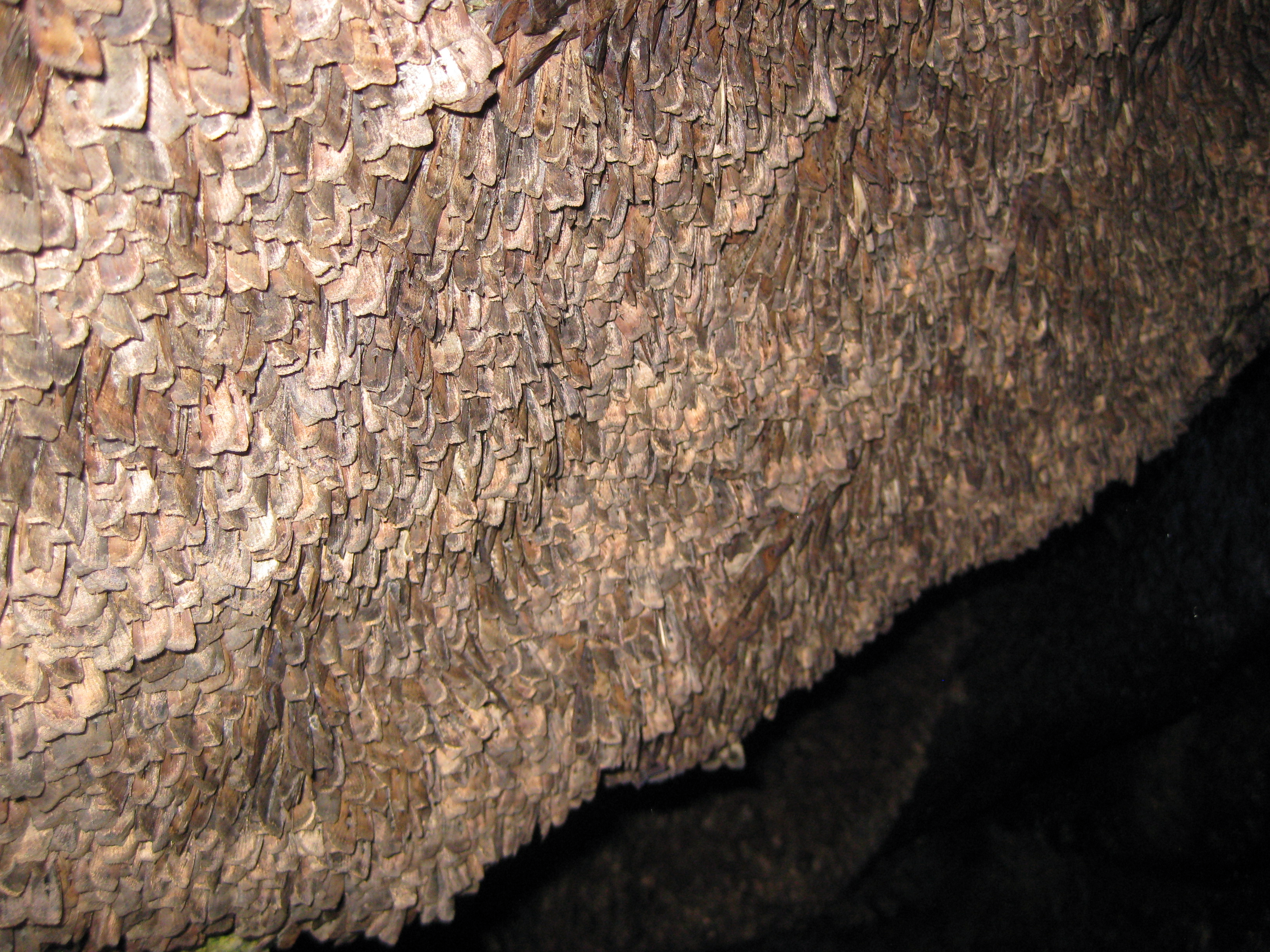
Cells in the moths’ brain activated the most strongly in response to an image of the natural night sky when the insects were heading south, irrespective of season, based on recordings from 28 neurons in the insects’ optic lobe, central complex and lateral accessory lobes. The neurons did not show any direction preference in response to a projected sky of randomly distributed stars, but a subset did activate in response to a bar of light and a bright spot oriented to mimic the stripe of the Milky Way and its brightest feature, the Carina Nebula. And although the neurons are found in parts of the insect brain known for navigation, their morphology differs from previously identified cells, the team found.
Dung beetles also use the Milky Way to guide their movement in a straight line, past research has shown, but rely on that visual cue only to travel short distances, Warrant says. “That’s just an orientation task,” he says, whereas bogong moths “have to go in the right direction, and they have to go for the right distance. So this is an act of navigation.”
S
tudies in fruit flies uncovered the neural circuitry behind the insect navigation system, says Basil el Jundi, professor of navigation biology at the University of Oldenburg, who was not involved in the work. Cells in the fan-shaped body of the fly brain compare goal-direction information to head-direction information to ensure that the fly is oriented properly.The new findings in bogong moths add to an understanding of how this circuitry functions in the wild, el Jundi says. “The beauty of this paper is that now we can look at ecologically relevant behavior and look at ecologically relevant cues, such as the stars, and see how they are processed in the brain.”
It remains unclear how the insects adjust their heading based on the season or time of day, el Jundi says, or how the moth’s navigation system incorporates that information.
The work also raises questions about how the bogong moths’ navigation circuitry differs from that of monarch butterflies, which migrate similarly impressive distances but during the day, Merlin says. “Do they use the same neural architecture that daytime migrants are using? Or do they use different pathways? Are the common principles of how neurons are actually firing similar? Or are they different?” she says.
Warrant and his colleagues are also interested in understanding how bogong moths combine information about the stars and the Earth’s magnetic fields to navigate, Warrant says. Moving forward, the team plans to study the insects’ responses to conflicting magnetic and visual stimuli to see whether one cue dominates over another.
“They’ve got both compasses, clearly,” he says. “The question now is how those two compasses work together.”
Recommended reading
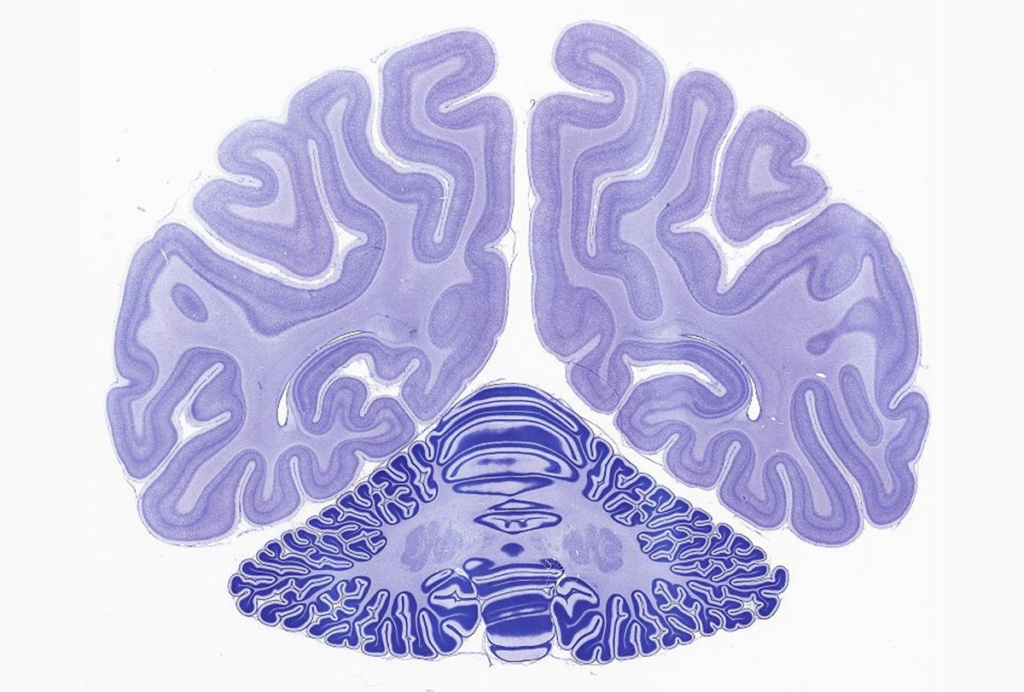
Nonhuman primate research to lose federal funding at major European facility
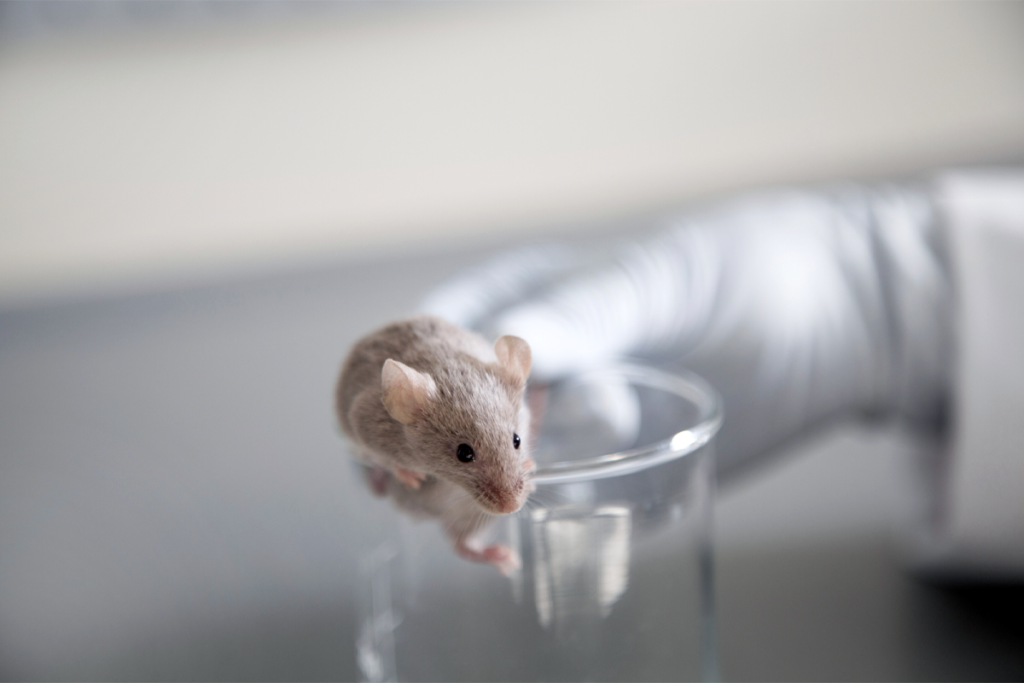
NIH proposal sows concerns over future of animal research, unnecessary costs
Explore more from The Transmitter

Novel neurons upend ‘yin-yang’ model of hunger, satiety in brain
